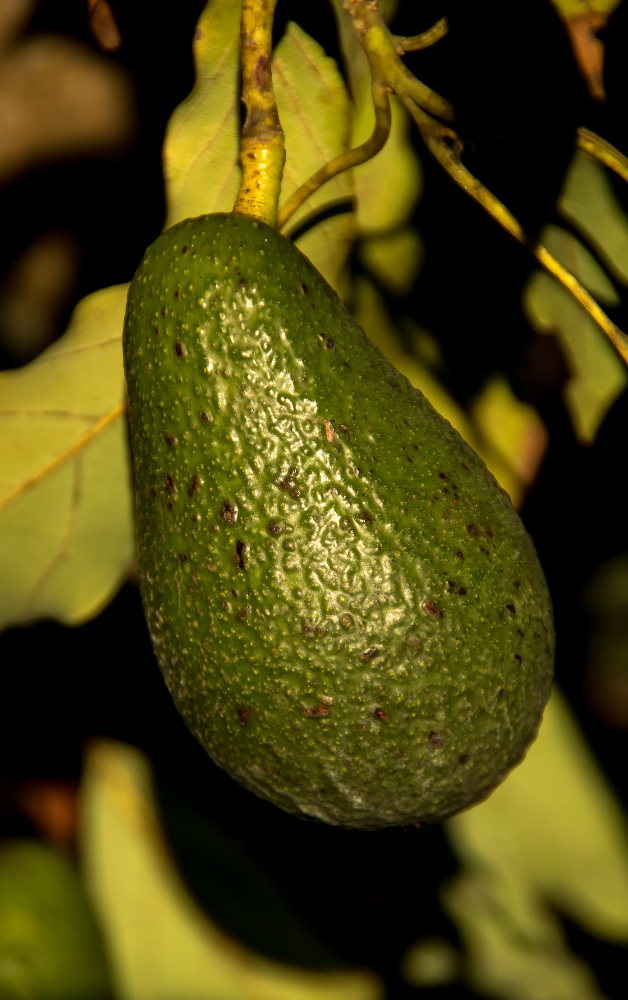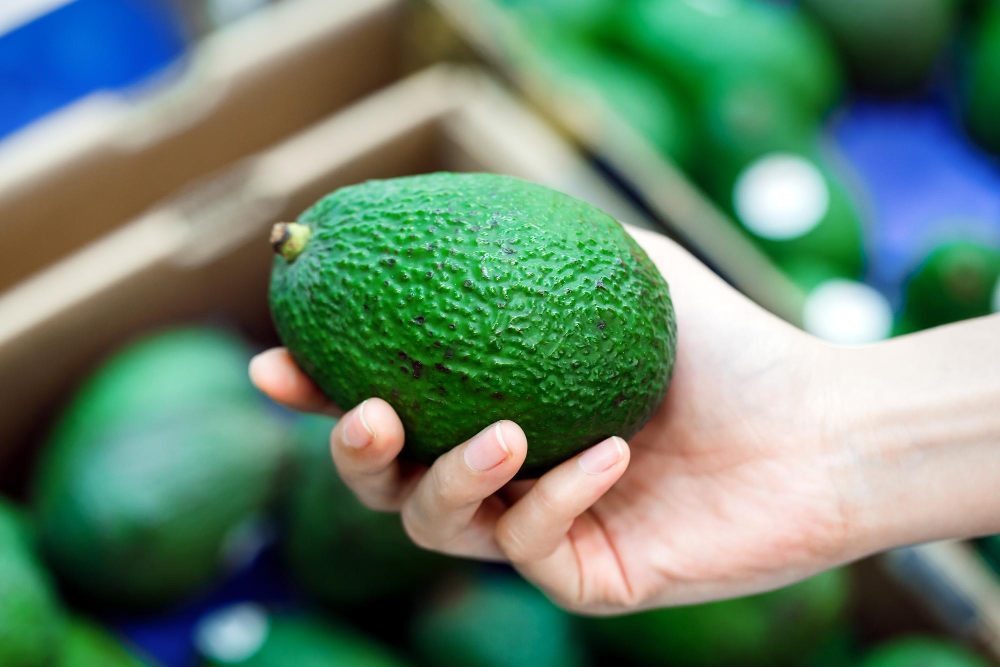When cultivated in big containers or more miniature landscapes, the dwarf Wurtz avocado is a great option. Thanks to their creamy, rich flesh and outstanding flavor, Hass avocados are some of the best-tasting avocados.
It’s a given that avocados have been around for a long time. In Central America and Mexico, avocados have a long history of cultivation dating back to at least 500 B.C.
Avocados were formerly known as “Ahuacatl,” after a part of the male anatomy that they resemble due to their tendency to grow in pairs. After the Spanish conquest of Mexico, the word became “ahuacate” and was renamed by American farmers “avocado” because of its more straightforward pronunciation.
From an uncommon crop to a popular product, Hass avocados have made quite the comeback in the last decade. The avocado, like all other fruits, is technically a vegetable. However, growing and transporting Hass avocados is a marvel of nature that incorporates careful cultivation, sensitive handling, and close attention to the ripening phase.
As a tropical or subtropical tree, the Wurtz avocado can produce fruit in the southern states if given appropriate drainage and safety from exposure to extreme heat, wind, and cold. Gardeners in cold regions should cultivate this avocado since it can be kept within during the winter and brought outside again when the weather warms up.
What Is a Wurtz Avocado?

Due to its actual dwarf size and popularity among backyard growers in a wide range of living situations—even small containers or indoor pots—the Wurtz Avocado is affectionately known as “Little Cado.” It is a small to medium-sized, thin-skinned, continuous green avocado with low oil content and a characteristic avocado flavor.
Avocados are packed with nutrients. Folate, potassium, healthy fats, and vitamins K, C, and E are abundant in these foods. In addition, vitamins and minerals, including iron, magnesium, phosphorus, zinc, manganese, and copper, are also present in these foods.
The nutritional content of avocados is nearly identical, regardless of the variety. As a result, Academias are packed with calories and nutrients that contribute to overall health and well-being.
They contain anti-inflammatory and anticancer qualities because of the monounsaturated fat in avocados, primarily oleic acid. In addition, other fat-soluble nutrients can be better absorbed if you eat avocados.
The Wurtz is another fantastic choice for farmers in colder locations because it produces from an early stage and has good cold resistance. Think about your Wurtz Avocado as an individual fruit because of its smaller size and reduced flesh content than some larger avocado varieties.
Do Wurtz Avocados Taste Good?
At its peak, Wurtz (or Wertz) is one of the best-tasting avocados. A tiny tree produces pear-shaped green fruit. Avocados are great for guacamole because of their rich flavor and smooth flesh.
Avocados on the Wurtz tree, sometimes referred to as the “Little Cado,” are the proper dwarf kind and will bear fruit continuously from May to September. Compared to other avocado trees, which can grow up to 80 feet, a Wurtz avocado tree only grows about 10 feet tall.
The Wurtz avocado tree thrives when its blossoms are cross-pollinated between May and September. With a 16 percent oil content, the fruits have been rated by growers as having a good and continuous taste.
For those who want to grow the Wurtz avocado, a grafted tree, in the ideal conditions and with adequate care, it can provide an abundance of fruit within one to two years of planting. Avocadoes grown in containers fare best with this type.
Acacia firmness is the best indicator of quality. To tell if an avocado is ripe, gently press around its stem end with our hands to see if it bends slightly to the touch.
What Is Special About Hass Avocado?
The Hass is regarded as nutty in flavor, but it has a more subdued character. Because of their color and texture go well in salads, sandwiches, guacamole, tacos, and other foods.
In the 1930s, the first Hass avocados were bred in southern California, and they became widely available in the 1970s. Because the Hass variant can be grown both indoors and outdoors, they are a popular choice for home gardeners.
One of the most extensively available avocado varieties, it is distinguished by its enormous, occasionally pebbly fruits that become a deep shade of green to nearly black as they mature. As a result, Hass is a popular choice for many families to introduce their children to new cuisines!
Additionally, this fruit is an excellent source of fiber, which is commonly deficient in Western diets. The fruit’s rich fiber and good fat content, and low glycemic index may explain why people who eat avocados tend to be slimmer.
People who eat a lot of avocados appear to be healthier and less likely to develop metabolic syndrome. Many people who appreciate this fruit also appear to eat many nutrient-dense foods, which may explain why this fruit isn’t more popular than other fruits.
What is the Difference Between a Hass Avocado and a Regular Avocado?
Hass avocados are considered the creamiest kind, with more oil. Compared to avocados with higher oil content, regular avocados are less creamy but have a nutty flavor.
While regular avocados have their place in the kitchen, the Hass avocado is better for most dishes. The critical difference is that these avocados are substantially lower in fat than their counterparts from the store.
While a diet low in fat may sound appealing, the fats present in Hass avocados are pretty beneficial. In addition to its supposed heart-health benefits, avocado oils are also good for your complexion. The same fats may be found in a typical avocado, albeit in considerably more diminutive amounts.
The fatty Hass avocado is unbeatable when it comes to cooking. The Hass is easier to work with when mashed and whipped because of the fruit’s opulence. Hass avocados are ideal for making guacamole, avocado on toast, pleasant pesto sauce, or a healthy fat ingredient in baked goods.
Only in the event of slicing and dicing for salads is the ordinary avocado better than the guacamole. Tossing the meat cubes into a salad, the firm, low-fat flesh keeps its form. With the addition of healthy fats like olive oil, almonds, or avocado, you can consider switching to the regular type instead of the Hass.

